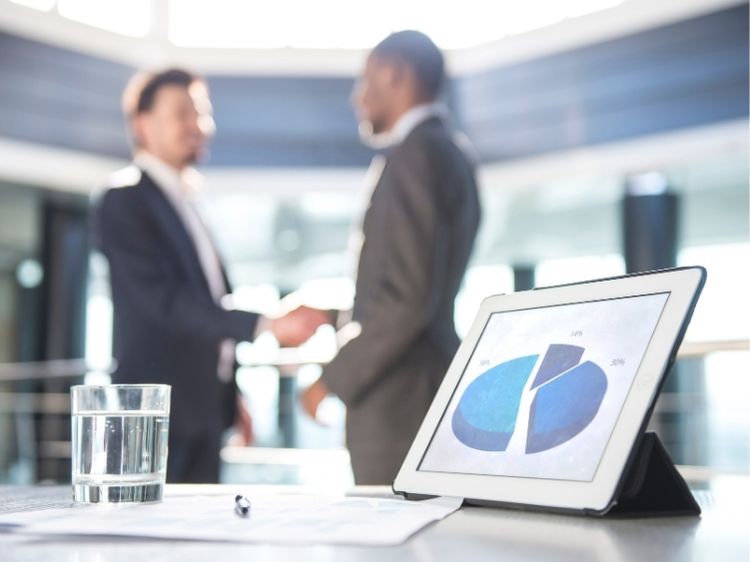What Is Business Casual Attire?
If you’ve ever stared blankly at your closet wondering what “business casual” even means, you’re not alone. It’s a dress code that straddles the line between formal and laid-back, leaving many scratching their heads. Business casual attire strikes a balance—it’s polished without being stiff and comfortable without being sloppy.
In short, it’s all about mixing professional pieces with a touch of personal style. Think slacks instead of jeans, and button-downs instead of T-shirts. But hey, don’t worry—we’ll break it all down for you.
Why Is Business Casual Important?
First impressions matter, especially in the workplace. Business casual attire helps you project professionalism while staying approachable. Whether you’re attending a meeting, an office party, or just your regular 9-to-5, dressing appropriately shows respect for the environment and boosts your confidence.
Plus, many workplaces have adopted a more relaxed dress code, so understanding business casual can save you from awkward moments of being under or overdressed.
Key Elements of Business Casual Attire
Let’s dive into the staples of business casual attire for both men and women.
For Men
- Shirts: Stick to collared options like button-downs or polo shirts. Avoid loud patterns—solid colors and subtle prints are your best bet.
- Pants: Chinos or dress slacks work great. Dark colors like navy, grey, or black are versatile. Jeans? Only if they’re dark, well-fitted, and explicitly allowed.
- Blazers: A blazer can instantly elevate your look, but keep it simple.
- Shoes: Loafers, oxfords, or clean leather sneakers are ideal. Avoid flip-flops or overly casual sneakers.
- Accessories: A belt that matches your shoes, a watch, and a tie if the occasion calls for it.
For Women
- Tops: Blouses, button-ups, or elegant knit tops. Steer clear of spaghetti straps unless paired with a cardigan or blazer.
- Bottoms: Tailored trousers, skirts (knee-length or longer), or dress pants.
- Dresses: Opt for dresses with clean lines and modest hemlines. Pair with a blazer for added polish.
- Shoes: Flats, pumps, or ankle boots are perfect. Avoid overly high heels or casual sandals.
- Accessories: Minimalist jewelry, a structured handbag, and a scarf can add personality without overpowering your look.
Tips for Building a Business Casual Wardrobe
Building a wardrobe can feel overwhelming, but these tips will help you curate a collection that works for any occasion.
- Start with Basics: Invest in versatile pieces like neutral-colored trousers, blazers, and button-down shirts.
- Focus on Fit: Ill-fitting clothes can ruin even the most expensive outfit. Tailoring is worth the investment.
- Layer Strategically: Layers like cardigans or vests can add depth to your outfit while being practical for fluctuating office temperatures.
- Mix Textures and Fabrics: Cotton, wool, and silk pieces create a more dynamic and sophisticated look.
- Stick to a Color Palette: Neutral colors are easier to mix and match. Add pops of color with accessories or statement pieces.
What Not to Wear for Business Casual
- Athleisure: Save the hoodies and leggings for the gym.
- Overly Casual Items: Ripped jeans, graphic T-shirts, or flip-flops are a no-go.
- Flashy Accessories: Keep jewelry and accessories understated.
- Wrinkled Clothes: Iron your outfit, or at least use a steamer. Wrinkles scream unprofessional.
FAQs About Business Casual Attire
1. What is the difference between business casual and casual attire?
Business casual leans more professional with tailored pieces like slacks and blazers, while casual attire is much more relaxed and often includes items like jeans, sneakers, and T-shirts.
2. Can I wear jeans for business casual?
It depends on your workplace. If jeans are acceptable, go for dark-wash, non-distressed options paired with a polished top and shoes.
3. Are sneakers considered business casual?
Clean, minimalist leather sneakers can work in some business casual settings. However, avoid running shoes or anything overly sporty.
4. Is business casual the same for every workplace?
Not exactly. The definition of business casual can vary, so it’s best to observe what others in your office are wearing or ask HR for guidelines.
5. How do I dress for a business casual interview?
Lean on the dressier side of business casual. A blazer paired with a crisp shirt and slacks or a tailored dress is a safe choice.
Business Casual Outfit Ideas
For Men
- Classic Look: Navy blazer, white button-down, grey slacks, and brown loafers.
- Smart-Casual Twist: Light blue polo shirt, khaki chinos, and white leather sneakers.
For Women
- Polished Elegance: Black pencil skirt, ivory blouse, and nude pumps.
- Creative Office: Patterned midi dress, cropped cardigan, and ankle boots.
Why Business Casual Is a Game-Changer
Business casual attire offers the perfect mix of professionalism and comfort. By nailing this dress code, you’ll not only fit in but also stand out for all the right reasons. Whether you’re new to the concept or just looking to refine your wardrobe, these tips will keep you looking sharp and ready for anything.
Authoritative Links
- https://www.businessinsider.com/business-casual-dress-code
- https://www.forbes.com/business-casual-guide
- https://www.gq.com/style-business-casual
- https://www.vogue.com/business-casual-tips

